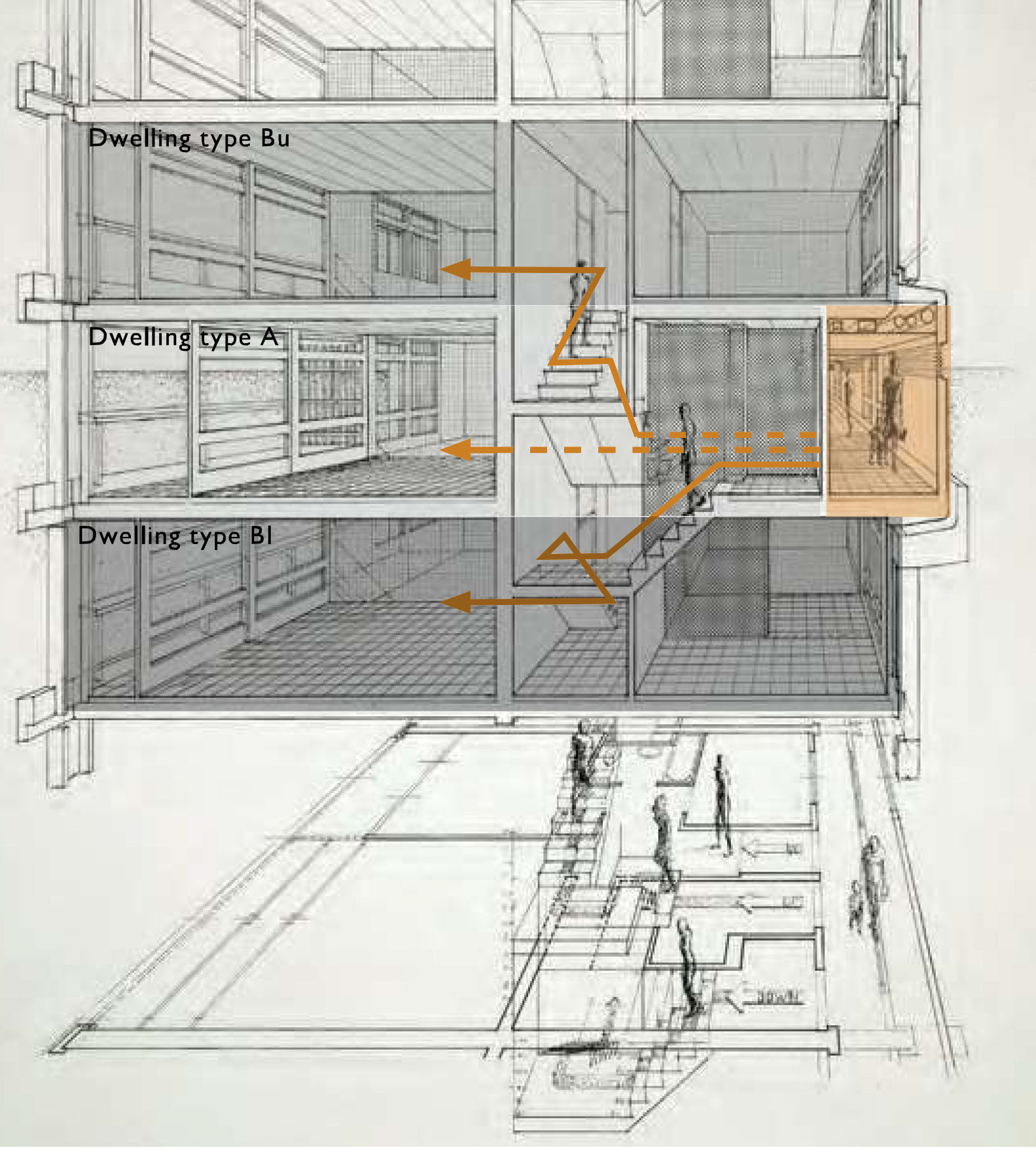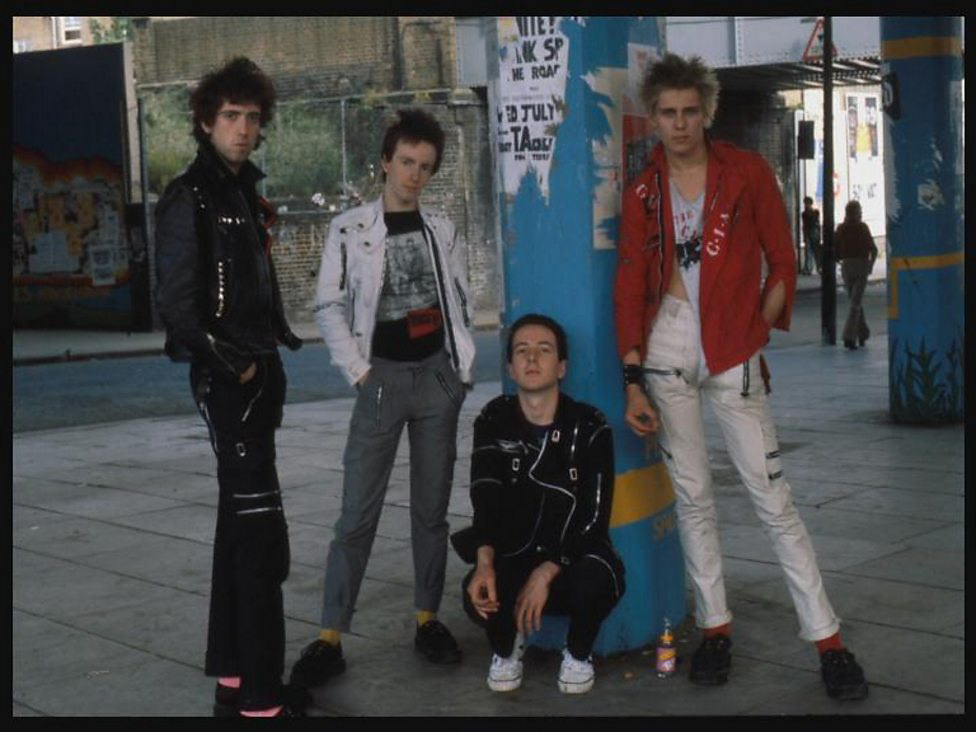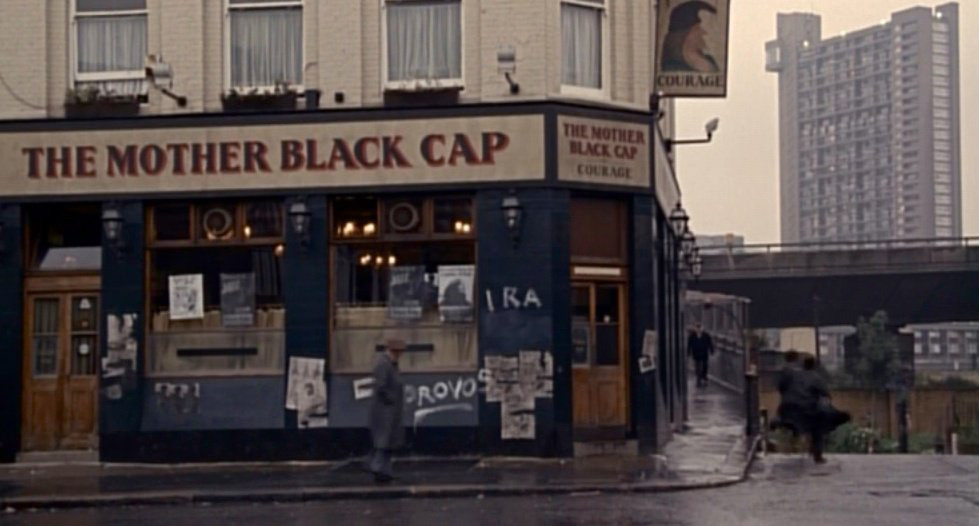View along Golborne Road of Trellick Tower under construction in 1970
View along Golborne Road of Trellick Tower illuminated Green for Grenfell in 2019

Trellick Tower under construction with Holmefield House in the background

Trellick Tower under construction, looking over Golborne Bridge and the Great Western Railway line
A Journey Around the Rebuilding of
Postwar Britain’

Scene from Bedazzled

Scene from Bedazzled - Golborne Bridge in the background

Scene from Bedazzled - on the original Southam Street, next to the Great Western Railway. Golborne Bridge and the Gasworks in the background
Southam Street by Roger Mayne

The Trellick flat configuration - 3 floors to each walkway

The Jimi Hendrix Experience

Service tower slits - Andy Aderinto
Coloured plate-glass in the Trellick Tower foyer
Goldfinger's Willow Road residence
Newspaper coverage of the infamous Westway protest of 1970

Scene from Freelance - Ian McShane running down the canal

Scene from Freelance - Ian McShane running down the canal. Trellick Tower under construction in the background
Frendz newspaper cover featuring Trellick Tower
First Edition cover of High Rise by J G Ballard

Hawkwind Album art for PXR5. The album includes the track 'High Rise'.

The Clash beneath the Westway on Portobello Road - by Adrian Boot
"...paint pictures of happy workers..." Murals beneath the Westway, created between 1974-77 by Desmond Rochfort & David Binnington Savage

the Passions

Aswad 'Live and Direct' cover artwork

prag VEC

Big Audio Dynamite 'The Bottom Line' cover artwork

Big Audio Dynamite 'Tighten Up vol 88' cover artwork








Still from 'Queen & Country', showing an iconic view of an iconic building. This view of the walkway is seen in many music videos and photoshoots

An iconic scene from Withnail & I. Acklam Footbridge, Westway and Trellick Tower in the background

Gorillaz artwork featuring the iconic service tower

Gorillaz 'Meanwhile' cover artwork

Still from LDN by Lily Allen - reimagined shopping parade on Golborne Road, opposite Trellick Tower

Still from LDN by Lily Allen - reimagined shopping parade on Golborne Road, opposite Trellick Tower

Still from LDN by Lily Allen - Southam Street and Golborne Bridge in the background
Wild West 10 - Golborne Stories of Struggle and Resistance, by Digital Works

The first Green for Grenfell illumination for Notting Hill Carnival 2017

A Green Trellick and call for "Justice" in 2020

"Greening the streets" in 2020
Erno Goldfinger beneath Balfron Tower in Poplar, Tower Hamlets in East London. Trellick's sister tower was opened in 1967, five years before Trellick
